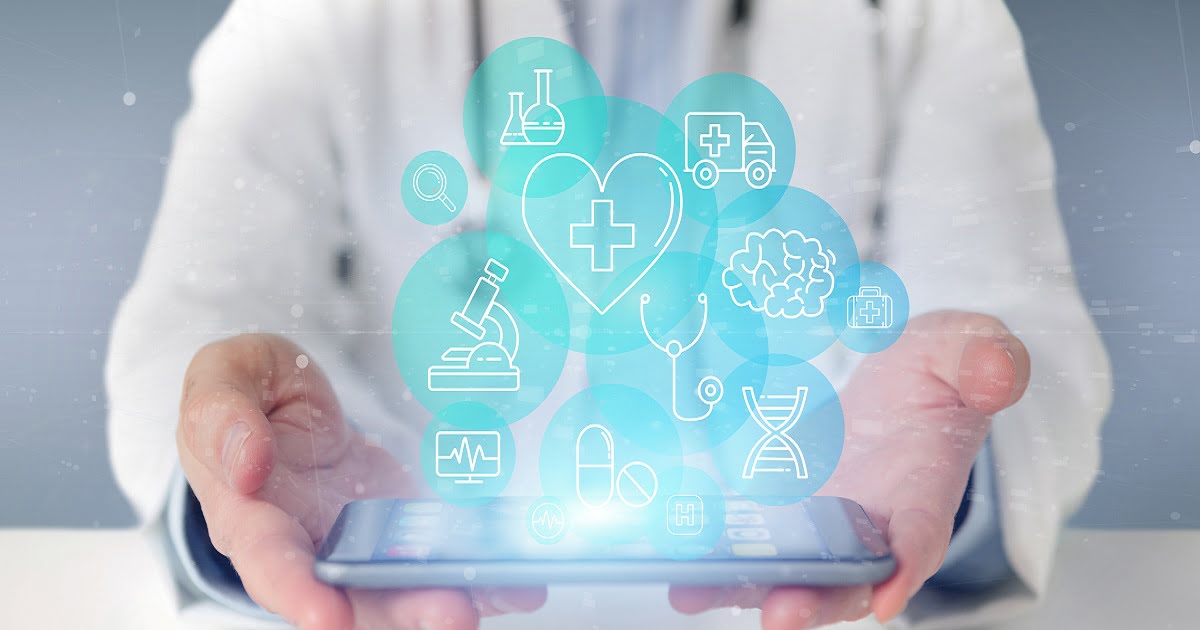The Best Technology To Use To Bring Down Your Cost Of Healthcare

Modern society takes healthcare for granted. It has become a matter of pride to be able to drag yourself to the office while being sick; showing your colleagues and bosses your dedication to the job.
It doesn’t help that getting proper medical attention takes both time and money.
However, advances in technology has introduced new ways for us to take care of ourselves. We cannot only keep track of our overall fitness but also get online medical attention.
Health monitoring
Keeping track of your lifestyle has never been easier. Every smartphone already comes with a pedometer for tracking the number of steps you take each day, giving you a basic metric for how active you are (or not).
More and more fitness bands and smartwatches in the market today are equipped to track your heart rate and rhythm, as well as your sleep patterns. Increasingly, consumers today are interested in monitoring their own health and keen to adopt wearable technology into their lives to help them keep track of their health without missing a beat in their lives on the fast-track.
For instance, knowing that you took a mere 3,000 steps today will prompt you to leave work on time and head to the park to log in 7,000 more steps. If you have been having trouble sleeping, wearing a Fitbit will track your sleep patterns. As a result, you will be able to take actions to tackle the issue such as sleeping early, waking up early, or sleeping in a completely dark room.
The MCMC Internet Users Survey in 2017 revealed that 77.2% of Malaysian internet users looked for health information online with the most common searches around symptoms and disease as well as health care tips.
Today, healthcare tracking platforms like Google Fit and Apple Healthkit allow all sorts of sensors to be connected and share information.
Put these two trends together, and that explains the growing popularity of app-based health monitoring.
Meanwhile, the Symptom Checker enables you to input your medical symptoms when you’re feeling unwell and through a ‘conversation’ with a chatbot, it helps you to understand your symptoms better and learn more about potential causes, conditions and issues.
Despite this, you are still recommended to get a full health checkup every year from a proper hospital. Health tracking is meant to give you an overview of your health, and the convenience to do this anywhere, anytime.
Convenient access to doctors
On some occasions, you may be unable to visit a clinic for whatever reasons. It could be due to having no transportation or even mobility issues, or it could be environmental factors like the return of the haze. In Southeast Asia, the boom in remote healthcare services is also linked to the lack of physical access to healthcare facilities and shortage of doctors.
Pulse by Prudential has partnered with DoctorOnCall so that you can access its online doctor consultation service with the ease of just using your smartphone.
It is cheaper than visiting a private clinic and best of all, you don’t need to deal with traffic jams, frustrating parking situations and long waits at the clinic or hospital.
Here’s how much DoctorOnCall’s service on Pulse costs:
| DoctorOnCall – consultation fee only | RM10 (free for Prudential customers through the Pulse app) |
| Government hospital | RM1 (waived for certain individuals) |
| Private clinic | Between RM30-125 |
Alas, getting a physical checkup for a diagnosis is ideal However, nothing beats the convenience of being able to get a consultation through your phone for a minor issue.
Health warning alerts
This is also tied to data collection, but not from the individuals themselves. Instead, healthcare companies and governments are now better able to detect patterns in disease outbreaks. In turn, this allows them to better keep the public informed about potential hotspots.
For example, the number of reported dengue cases in Malaysia has been on the rise with the number being double of that from last year.
Thanks to big data, health agencies are getting better at pinpointing problem areas. In turn, healthcare apps can tap into this data to provide a map of which areas to take more precautions in.
Pulse by Prudential provides up-to-date information on dengue hotspots across the country. This useful update lets you know whether it’s okay to leave the windows open or if you need to apply extra mosquito repellent.
These advances in consumer technology are only the tip of the iceberg when it comes to medical improvements. It doesn’t even begin to cover the evolution of professional technology that allows remote surgeries or 3D printed replacement limbs.
But that matters less if you avoid potential illnesses that could cost you money for treatment, and also cause a loss of income while you recover. If you’re concerned about your health, it might be a good idea to get on the tech bandwagon.
The quickest and most convenient first step would be to use Pulse by Prudential; a healthcare app that provides insights on your physical health through a 3D Digital Twin, enable you to check your symptoms through an AI-powered chatbot and consult a doctor online.
Get your health game on with Pulse! Available on both Android and iOS!






